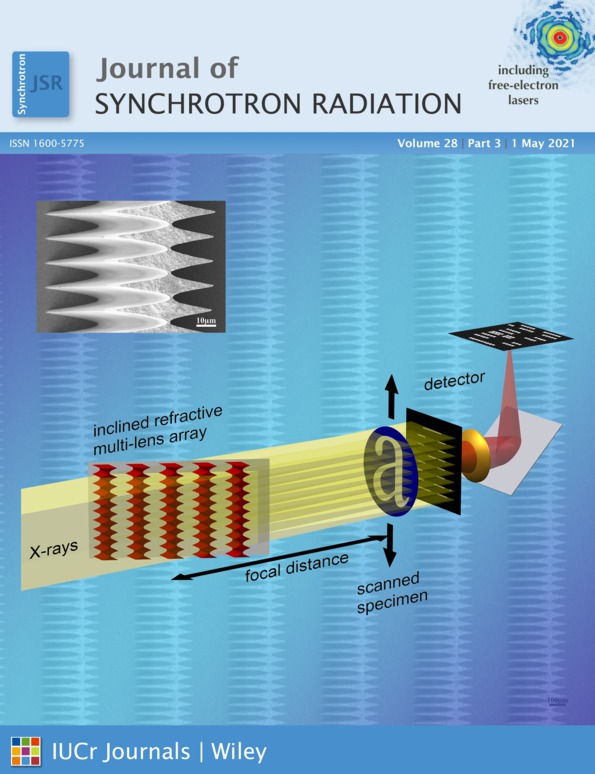In situ X-ray absorption spectroscopic studies of photocatalytic oxidation of As(III) to less toxic As(V) by TiO2 nanotubes
Abstract
Arsenic in groundwater caused the black-foot disease (BFD) in many countries in the 1950–1960s. It is of great importance to develop a feasible method for removal of arsenic from contaminated groundwater in BFD endemic areas. Photocatalytic oxidation of As(III) to less toxic As(V) is, therefore, of significance for preventing any arsenic-related disease that may occur. By in situ synchrotron X-ray absorption spectroscopy, the formation of As(V) is related to the expense of As(III) disappearance during photocatalysis by TiO2 nanotubes (TNTs). Under UV/Vis light irradiation, the apparent first-order rate constant for the photocatalytic oxidation of As(III) to As(V) is 0.0148 min−1. It seems that As(III) can be oxidized with photo-excited holes while the not-recombined electrons may be scavenged with O2 in the channels of the well defined TNTs (an opening of 7 nm in diameter). In the absence of O2, on the contrary, As(III) can be reduced to As(0), to some extent. Cu(II) (CuO), as an electron acceptor, was impregnated on the TNTs surfaces in order to gain a better understanding of electron transfer during photocatalysis. It appears that As(III) can be oxidized to As(V) while Cu(II) is reduced to Cu(I) and Cu(0). The molecular-scale data are very useful in revealing the oxidation states and interconversions of arsenic during the photocatalytic reactions. This work has implications in that the toxicity of arsenic in contaminated groundwater or wastewater can be effectively decreased via solar-driven photocatalysis, which may facilitate further treatments by coagulation.




